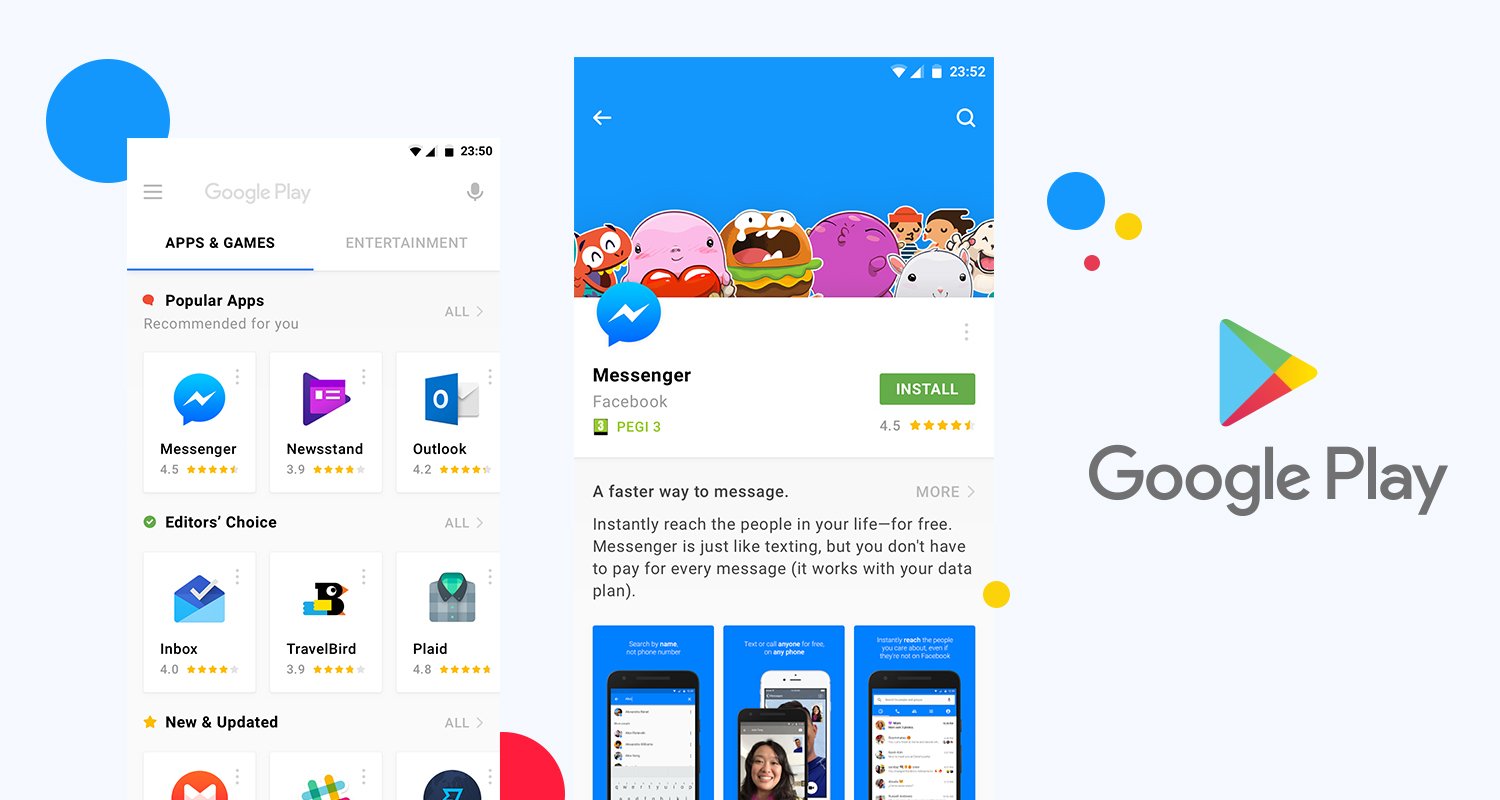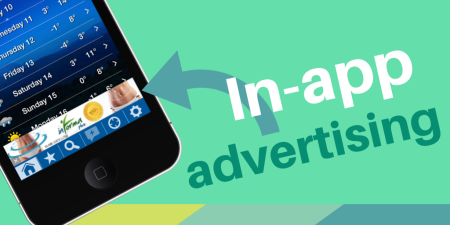In today's mobile-driven world, app retargeting ads have become a crucial tool for businesses looking to maximize their mobile marketing strategies and increase user engagement and conversions.
Related posts
How to increase app users for Mobile games
Best Tips to Increase iOS app installs and downloads on App Store organic
1. Introduction to App Retargeting Ads
App retargeting ads are a type of mobile advertising that targets users who have previously interacted with a mobile app. The goal of retargeting ads is to re-engage these users and encourage them to return to the app, complete a desired action, or make a purchase.
Retargeting ads work by using data collected from the user's previous interactions with the app, such as the pages visited, actions taken, and items viewed or added to the cart. Advertisers can then create customized ads that are tailored to the user's interests and behaviors, increasing the likelihood of them taking the desired action.

Introduction to App Retargeting Ads, Source: Asoservice.com
One of the key benefits is their ability to enhance user engagement and retention. By showing relevant and personalized ads to users who have already expressed interest in the app, businesses can keep their brand top-of-mind and encourage users to continue using the app. This can ultimately lead to higher user lifetime value (LTV) and increased revenue.
Another benefit is their ability to boost conversions and drive revenue growth. By targeting users who have shown intent to purchase or take a specific action, businesses can use retargeting ads to encourage these users to complete the desired action, leading to increased conversions and revenue.
Overall, app retargeting ads are an essential component of any mobile marketing strategy, as they allow businesses to effectively engage and re-engage users, drive conversions and revenue, and ultimately improve the overall performance of their mobile app.
2. Importance of App Retargeting Ads for Mobile Marketing
App retargeting ads play a crucial role in mobile marketing for several reasons. Here are some of the key reasons why they are important for mobile marketing:
Enhancing User Engagement and Retention: are an effective way to keep users engaged and encourage them to continue using the app. By showing relevant and personalized ads to users who have previously interacted with the app, businesses can remind them of the app's value and keep their brand top-of-mind.
Improving User Lifetime Value (LTV): App retargeting ads can increase user LTV by encouraging users to make repeat purchases or complete additional actions within the app. This can lead to increased revenue and a higher return on investment (ROI) for businesses.
Boosting Conversions and Revenue: can be highly effective at driving conversions and revenue growth. By targeting users who have already shown intent to purchase or complete a desired action, businesses can use retargeting ads to encourage them to take the final step.
Personalizing the User Experience: App retargeting ads can be highly personalized based on the user's previous interactions with the app. This can create a more personalized user experience, which can lead to increased engagement and conversions.
Cost-Effective Marketing: App retargeting ads can be a cost-effective way to reach users who are already familiar with the app. By targeting users who have already interacted with the app, businesses can reduce the cost per acquisition (CPA) and increase the ROI of their marketing efforts.
Overall, app retargeting ads are an essential component of any mobile marketing strategy. They can help businesses enhance user engagement and retention, improve user LTV, boost conversions and revenue, personalize the user experience, and reduce marketing costs.
3. Targeting Strategies for App Retargeting Ads
When it comes to app retargeting ads, targeting strategies are critical for success. Here are some effective targeting strategies for app retargeting ads:
User Behavior: Targeting users based on their behavior within the app can be highly effective. For example, businesses can target users who have added items to their cart but didn't complete the purchase or users who have browsed a specific category of products within the app.
App Abandonment: App abandonment targeting is a popular strategy for retargeting ads. This involves targeting users who have downloaded the app but haven't used it in a while or have uninstalled it. By showing these users relevant ads and reminding them of the app's value, businesses can encourage them to return to the app.
User Segmentation: User segmentation is a powerful way to target specific groups of users based on their demographics, interests, or behaviors. By segmenting users, businesses can create personalized ad campaigns that resonate with each group.
Contextual Targeting: Contextual targeting involves targeting users based on the content they are consuming outside of the app. For example, businesses can target users who have recently searched for relevant keywords or have visited a relevant website.
Lookalike Targeting: Lookalike targeting involves targeting users who are similar to existing users who have interacted with the app. By identifying similar audiences, businesses can expand their reach and target new users who are likely to be interested in the app.
Overall, effective targeting is essential for the success of app retargeting ads. By using a combination of these targeting strategies, businesses can create personalized ad campaigns that resonate with their target audience and drive conversions. You can buy app reviews from real users.
4. Best Practices for App Retargeting Ads
Here are some best practices for app retargeting ads:
Personalized Ads: Personalized ads perform better than generic ads. Use data from users' behavior, demographics, and interests to create personalized ad campaigns that resonate with each user.
Segment Users: Segmenting users based on their behavior, demographics, and interests can help create personalized ad campaigns for each group. By doing this, businesses can deliver relevant ads to users, increasing the likelihood of conversion.
Frequency Capping: Frequency capping ensures that users don't see the same ad too often. This can help avoid ad fatigue and improve the overall user experience.
A/B Testing: A/B testing allows businesses to test different ad variations and messages to see which performs better. This can help optimize ad campaigns and improve conversion rates.
Optimize Landing Pages: Make sure the landing page users are directed to after clicking the ad is relevant and provides a clear call-to-action. This can help improve conversion rates and the overall user experience.
Measure and Analyze: Measure and analyze the performance of app retargeting ads regularly. This can help identify what's working and what's not and make adjustments to improve the effectiveness of ad campaigns.
Overall, by following these best practices, businesses can create effective app retargeting ad campaigns that increase conversions and improve the overall user experience. You can read macOS app reviews for more information.
5. Measurement and Analysis
Measurement and analysis of app retargeting ads are crucial to the success of any mobile marketing campaign. Here are some key metrics to track and analyze:
Click-Through Rate (CTR): CTR measures the percentage of users who click on the ad after seeing it. A high CTR indicates that the ad is relevant and engaging to the target audience.
Conversion Rate: The conversion rate measures the percentage of users who completed the desired action; such as making a purchase or installing an app, after clicking on the ad. A high conversion rate indicates that the ad is effective in driving user engagement and app ratings.
Return on Ad Spend (ROAS): ROAS measures the revenue generated for every dollar spent on the ad campaign. A positive ROAS indicates that the ad campaign is profitable, while a negative ROAS indicates that the campaign is not generating enough revenue to justify the cost.
Cost per Acquisition (CPA): CPA measures the cost of acquiring a new user or customer. A low CPA indicates that the ad campaign is cost-effective in acquiring new users or customers.
User Engagement: Tracking user engagement, such as time spent on the app or website and the number of sessions per user, can help identify opportunities to improve the user experience and optimize the ad campaign.
Audience Insights: Analyzing audience insights, such as demographics; interests, and behaviors, can help optimize ad targeting and improve the effectiveness of the ad campaign.
Overall, by measuring and analyzing these metrics, businesses can identify opportunities to optimize their app retargeting ad campaigns, improve the user experience, and increase conversions and revenue.
6. Future Trends and Opportunities
As mobile marketing continues to evolve, there are several future trends and opportunities for app retargeting ads:
Personalization: With the increasing use of AI and machine learning, app retargeting ads can be personalized to each individual user based on their interests and behaviors, increasing the chances of conversion.
Multi-channel retargeting: Retargeting ads can be extended to other channels; such as social media and email, creating a seamless and consistent user experience across multiple touchpoints.
Voice search optimization: With the growing popularity of voice-enabled devices; optimizing app retargeting ads for voice search can provide a competitive edge.
Augmented Reality (AR) and Virtual Reality (VR): AR and VR technologies can enhance the user experience and provide new opportunities for app retargeting ads; such as virtual try-on experiences for fashion and beauty brands.
In-app retargeting: In-app retargeting ads can provide a more engaging and seamless user experience, increasing the likelihood of conversion.
Cross-device retargeting: With users accessing apps across multiple devices, cross-device retargeting can help ensure that users are retargeted on all devices they use.
Overall, by staying abreast of these future trends and opportunities; businesses can continue to optimize their app retargeting ad campaigns; and stay ahead of the competition in the ever-evolving mobile marketing landscape.
Conclusion
By implementing effective app retargeting ad campaigns and following best practices, businesses can enhance their mobile marketing strategies, boost conversions, and stay ahead of the competition.
Related posts
https://asoservice.com/top-app-keyword-ranking
https://asoservice.com/microsoft-store-app-reviews
Thanks so much for reading this article.
Source: https://asoservice.com/












Leave a Reply
Your e-mail address will not be published. Required fields are marked *